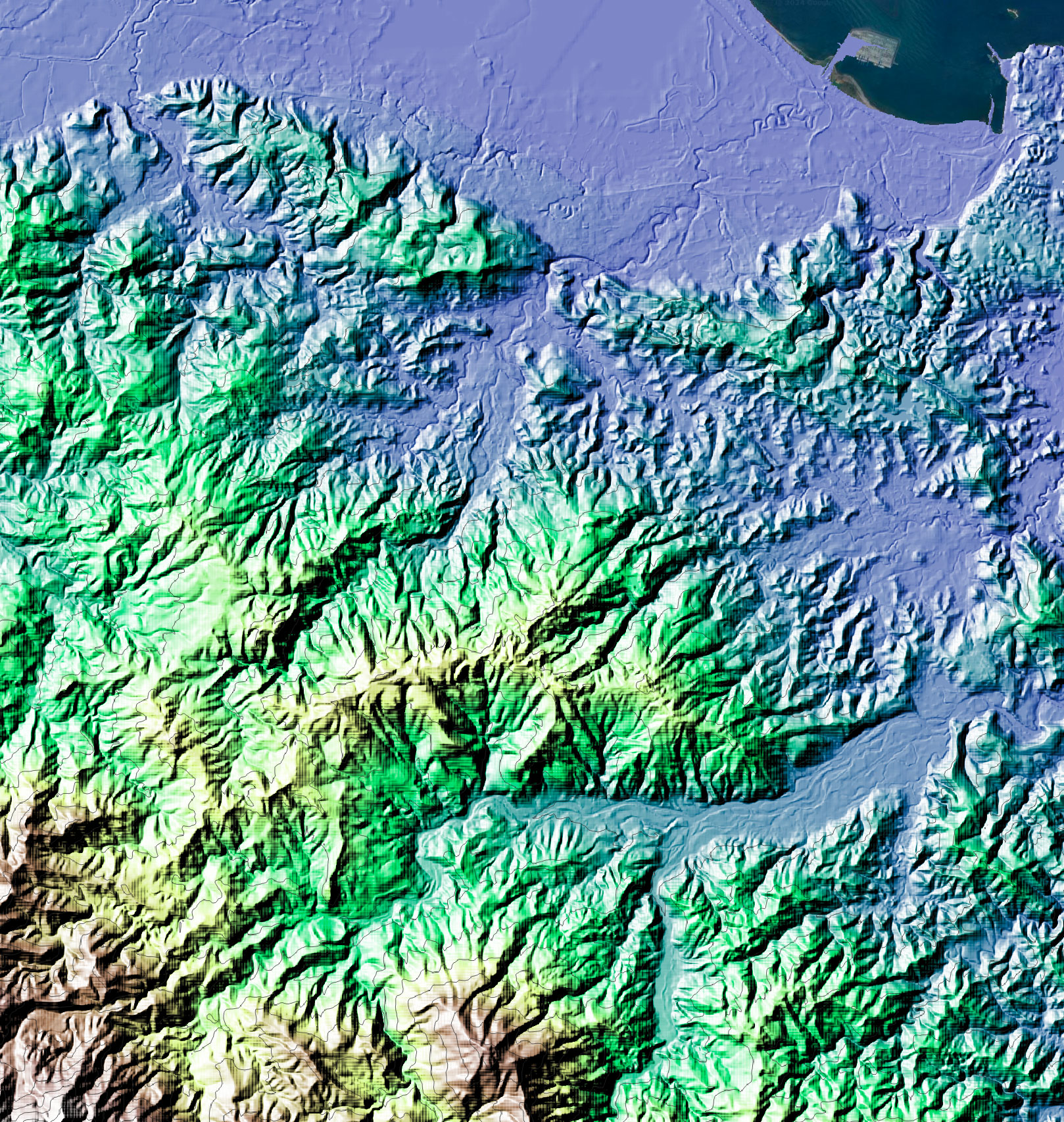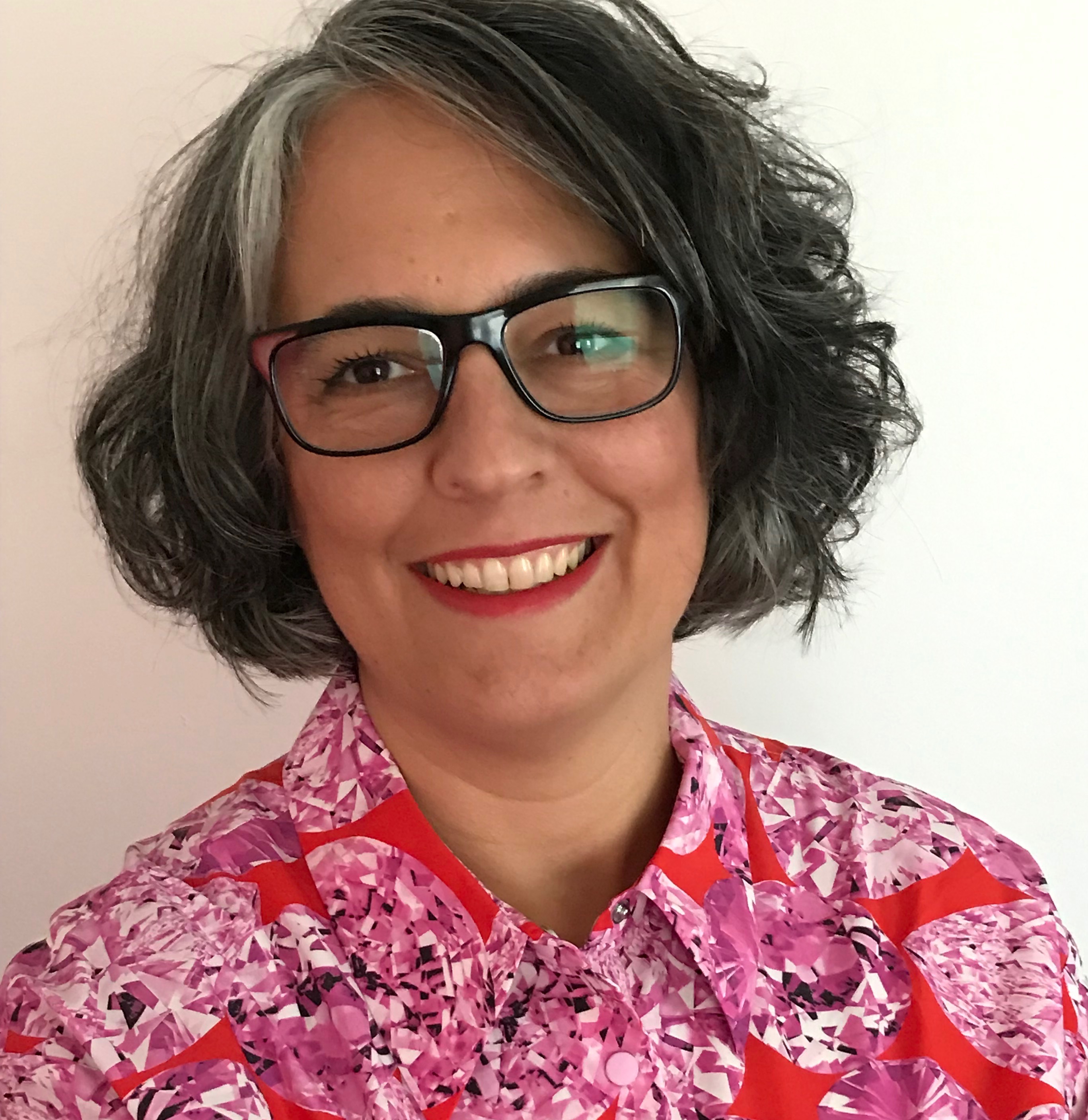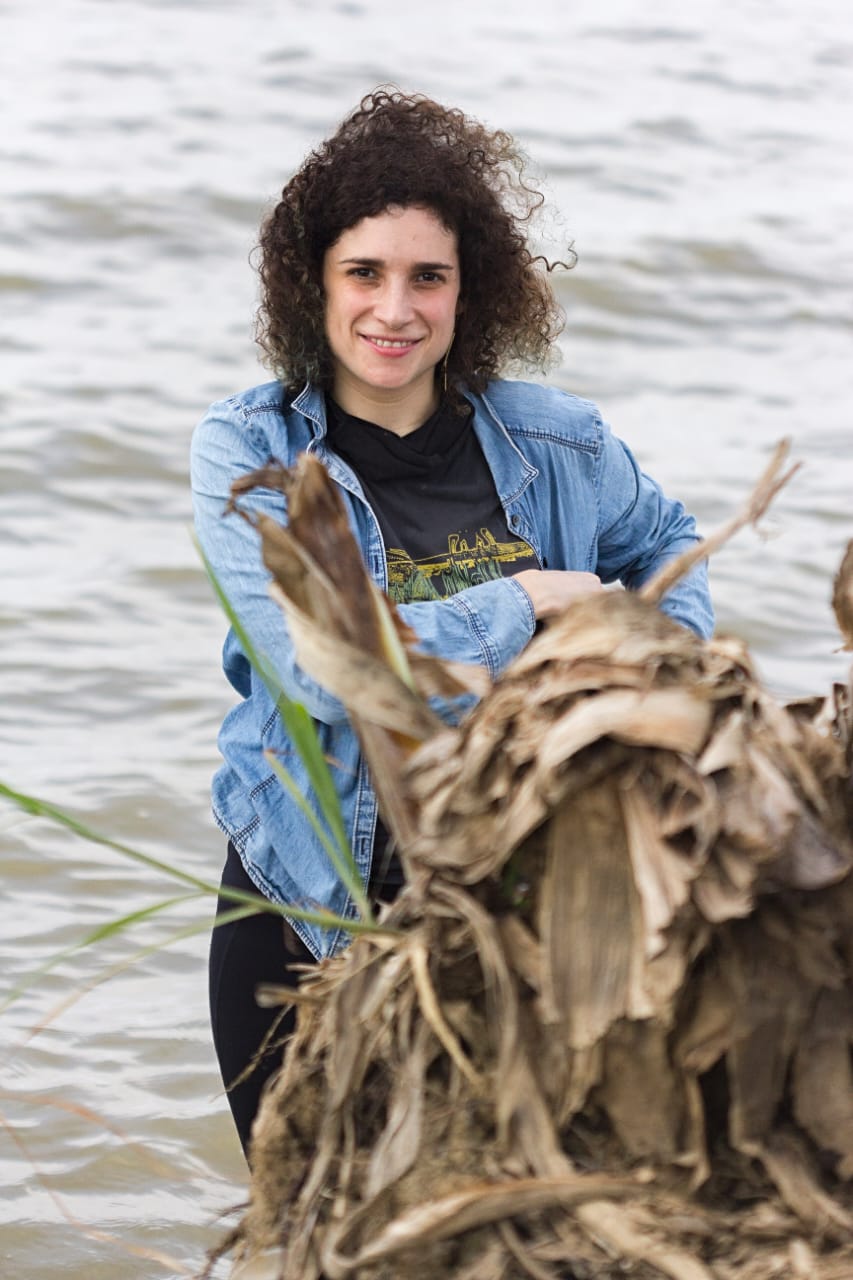About
Despite accounting for 99% of all accessible fresh water in the world (Food and Agriculture Organization, 2015), aquifers remained largely out of public view during the 20th century, reduced to a niche preoccupation of specialized government officials and extractive industries such as mining and agriculture. In the 21st century, however, aquifers have emerged from their relative obscurity. Currently, governments are investing heavily in both scientific research to locate aquifer systems and in governance models to recruit citizens into their protection.
With this newly gained governmental attention, the social world is expanding downwards. Aquifers are becoming sites where social life above the surface intersects with the world below it. This downward expansion is having two effects. First, it unsettles spatial imaginaries of the underground that perceive it as a static geologic substrate.Second, it distributes responsibility for aquifers among a broad swath of actors, asking them to protect resources that include, but also exceed, the land they own or live on.
In Costa Rica these changes are reverberating across multiple social groups, although not always harmoniously. In March of 2020, for example, the largest newspaper published an opinion piece from a disgruntled geologist arguing that land use restrictions to protect aquifers burden people with impossible regulations and are the product of outdated “imaginaries” that are disconnected from reality.
This project studies how shared spatial imaginaries of the underground change when aquifers figure prominently in the public sphere. It focuses on Costa Rica, a country experimenting with governance ideas that center aquifers as critical formations for collective life. The project combines longitudinal, ethnographic, and multi-modal techniques to chart whether and how increased public circulation of scientific knowledge (a) recasts the relations between surface and subsurface and (b) transforms peoples’ sense of responsibility towards the land they own or live on.
This project is supported by the National Science Foundation, Mellon Foundation, Wenner Gren Foundation, and the Fulbright Program.

Team
Dr. Andrea Ballestero
Dr. Andrea Ballestero is Associate Professor of Anthropology and Director of the Ethnography Studio at the University of Southern California. Her book A Future History of Water (Duke 2019) examines how people engage with the world as it is, but differently and do so by creating endless bifurcations. In Costa Rica, the latter are means to create a difference between water as a human right and water as a commodity as material and political projects. She is co-editor of Experimenting with Ethnography: A Companion to Analysis (2021), a collection of essays and protocols to inspire creative analytic ethnographic work. Currently, Dr. Ballestero is writing a book that explores cultural imaginaries of the underground as a new planetary frontier. In recent publications she has explored aquifers as a financial frontier, practices of touching with light through GIS technologies, physical models as hydro-geo-social choreographies of responsibility, and the concept of casual planetarities. Her scholarship is located at the intersection of feminist STS, legal anthropology, and social studies of finance and has been supported by the National Science Foundation, the Mellon Foundation, the Wenner Gren Foundation, the Social Science Research Council, and the Fulbright program.
Her works can be found at https://andreaballestero.com.
Hannah Meszaros Martin
Hannah Meszaros Martin is an artist, filmmaker and writer. She holds a PhD from the Center for Research Architecture, Goldsmiths, University of London. Currently, she is a Postdoc in the ‘Expanding the Social World Downwards’ Project and is responsible for the visual components of the research. She is also a Research Fellow at Forensic Architecture, which she has been a member of since 2012. With FA, she led the two-year investigation with the Colombian Truth Commission which culminated in the exhibition ‘Huellas de desaparición’ which is currently touring Colombia. She now directs a new unit of Forensic Architecture located in Bogotá, Plano Negativo. She was a Mellon-funded PostDoctoral scholar at the University of Santa Cruz from 2019-2020. She has exhibited at the House of World Cultures (Berlin, 2014), MACBA (Barcelona, 2017) and MUAC (Mexico City, 2017), the Center for Contemporary Art at Ujazdowski Castle (Warsaw, 2019), documenta(13), and Manifesta(13). She has published with the Journal of Political Ecology, Journal of Visual Cultures, Open Democracy, Third Text, Different Skies, and FORENSIS (Sternberg Press, 2014).
Luis Diego Arias Campos
Luis Diego Arias Campos is a historian who graduated from the University of Costa Rica (UCR). He also studied Forestry Sciences and Education. Currently, he is working on his Master’s thesis in Central American History, focusing on the geopolitical dynamics surrounding the development of bioprospecting/biopiracy in Costa Rica during the second half of the 20th century and the beginning of the 21st century. He works as a research assistant at the Center for Historical Research of Central America (CIHAC), the Center for Geophysical Research (CIGEFI), both at UCR, and at the Longo Mai National Wildlife Refuge. Luís Diego’s research centers on biodiversity and international politics, a pressing concern in contemporary Costa Rica. Studying the geopolitical dynamics



